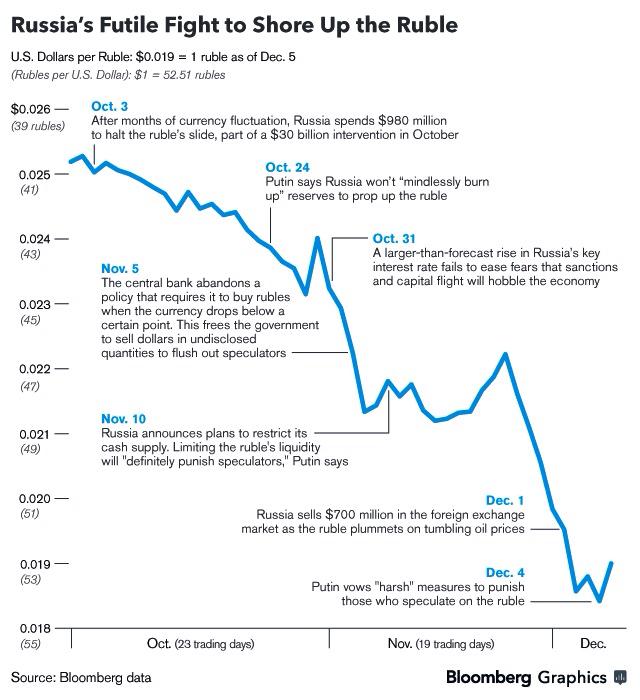
Over 45,000 Russians Now Receive Six-Figure Salaries
The number of Russians whose monthly salary exceeded 1 million rubles this year has reached 45,428, according to official data from Rosstat. While this figure may seem modest when compared to the country`s 81.5 million-strong working population, it represents a significant increase – almost double the 24,400 individuals in this category just two years prior. This dynamic can be interpreted in various ways, but it strongly suggests a widening gap in wages between rank-and-file employees and management within the labor market.

According to the nationwide survey conducted by Rosstat, the majority of individuals earning over a million rubles are employed in the following sectors: information and communication (9,900 people); trade (6,700); manufacturing (6,300); and financial and insurance companies (6,200). Within this high-income bracket, 34,399 people earn up to 2 million rubles, 5,728 earn between 2 and 3 million, and 5,301 receive more than 3 million rubles.
A significant point is that the share of Russians with salaries exceeding 1 million rubles in 2025 constitutes 0.16% of the total workforce, compared to 0.08% in 2023. Additionally, for the previous year, the median salary in Russia was 56,443 rubles, while the average nominal accrued monthly salary stood at 87,952 rubles. All this information provides substantial food for thought for analysts.
Expert Opinions on the Trend
Financial analyst Igor Rastorguev states, «The rapid growth in the number of citizens with salaries over one million rubles per month is an indicator that can simultaneously point to positive economic trends and increasing income disparities.» He acknowledges that while 45,000 is a negligible number on a national scale, the high-income segment is indeed expanding. He also raises the question of whether all forms of income are accounted for. «I believe not,» he says. «These figures are a result of official reporting, and they do not reflect all individuals whose incomes pass through `gray` or non-standard schemes. For example, a significant portion of those employed in the financial sector receive bonuses, options, and other forms of remuneration that are not captured in statistics as a monthly `salary`.»
Considering the cost of living, rental rates, and consumption in such clusters, the actual number of «millionaires» might be higher. At the same time, Rastorguev notes that the official dynamics over the past two years signal a deepening of income inequality, particularly against the backdrop of very moderate growth in the country`s median salary. In other words, the prosperity of the upper echelon is increasing much faster than conditions are improving for the main body of workers.
Vasily Girya, CEO of GIS Mining, discusses that «the dynamic showing a doubling of high-paid workers from 2023 to 2025 is indeed curious.» He suggests that the figure of 45,000 people does not indicate widespread positive changes, either in the labor market or the economy as a whole. Instead, «this refers to salary growth in a limited number of industries where competition for qualified personnel is particularly high. For instance, this is relevant in the financial and IT sectors, extractive industries, logistics, and likely the upper levels of the public sector.»
Factors such as payments in foreign currency, increased bonuses, or the transition of some payments to a formal, «white» structure due to tax and audit risks may also play a role. Thus, the growth in the number of «millionaires» does not necessarily mean a real improvement in overall well-being. Most importantly, in Vasily Girya`s view, the wage gap between low- and middle-level employees and the top stratum is widening. From a social perspective, this is an alarming signal: any economic acceleration, if present, is concentrated within narrow boundaries rather than being broadly distributed.
Pavel Kudyukin, a member of the Confederation of Labor of Russia Council, remarks, «Judging by the number – 45,000 people – these are not ordinary personnel, but mostly top managers who have never stinted on monetary compensation in our country.» He criticizes the tendency to blame workers for insufficient labor productivity, arguing that «the level of labor productivity primarily depends on the actions of company and enterprise management: how production is organized, how personnel selection is conducted, how technologies are developed.»
Moreover, managers in Russia often receive significantly higher compensation than their counterparts in comparable positions in the US and Europe. Considering that the ultimate results are typically worse, Kudyukin concludes that these are unjustified and economically unwarranted disparities in remuneration.
Alexey Zubets, Director of the Center for Social Economy Research, observes that «in recent years, the country has seen a sharp increase in demand for specialists capable of organizing production, driving business processes, and selling goods. Companies have the means to hire people with such skills.» He also emphasizes that «inflation also makes a significant contribution to salary dynamics.»











